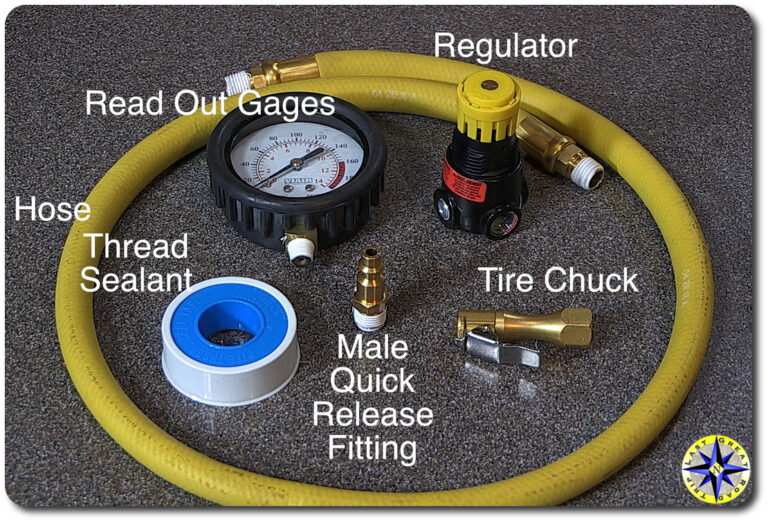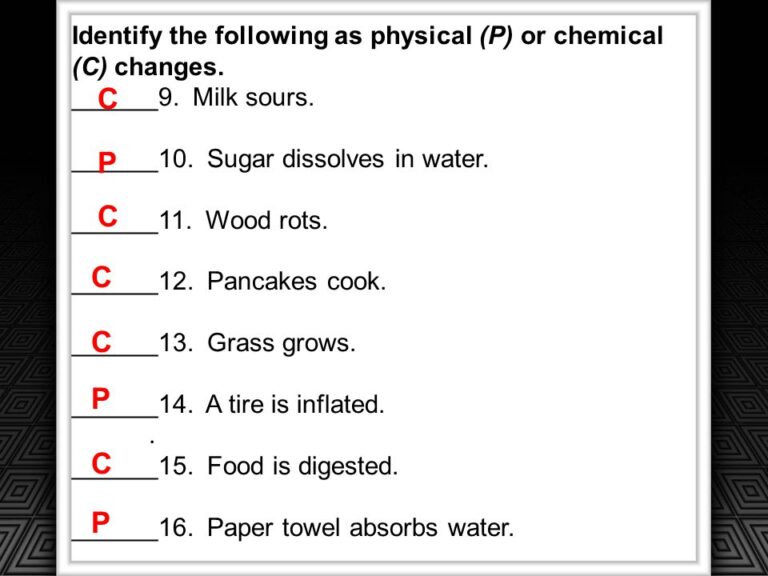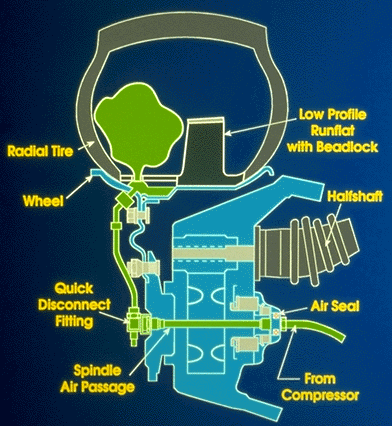Putting Air In A Road Bike Tire: A Comprehensive Guide
Flat tire? It’s a cyclist’s worst nightmare, especially when you’re miles from home. Knowing how to properly put air in a road bike tire is crucial for maintaining your bike and ensuring safe, enjoyable rides. This guide will walk you through the entire process, from choosing the right pump to understanding tire pressure, helping you avoid flats and keep riding smoothly. You’ll learn everything you need to become a confident tire-inflation expert!
Essential Tools for Putting Air in a Road Bike Tire
Before we dive into the process, let’s gather the necessary tools. Having the right equipment makes putting air in a road bike tire much easier and more efficient. This section will outline the key items and explain why each is important for optimal results.
Choosing the Right Pump
- Floor Pump: A floor pump offers the most efficient way to inflate tires, especially for road bikes requiring higher pressure. They provide a stable base and typically have a pressure gauge for precise inflation.
- Hand Pump: Smaller and portable, hand pumps are great for on-the-go repairs. While they require more effort, they’re essential for emergencies when a floor pump isn’t accessible.
- CO2 Inflator: CO2 inflators offer the fastest inflation method, perfect for quick roadside fixes. However, they’re single-use and require purchasing replacement cartridges.
Tire Pressure Gauge
A reliable pressure gauge is crucial for accurate inflation. Underinflation leads to poor performance and increased risk of punctures, while overinflation can damage your tires and rims.
Understanding Road Bike Tire Pressure
Proper tire pressure is vital for performance and safety. This section will cover how to determine the correct pressure for your tires and the consequences of incorrect inflation.
PSI vs. Bar
Tire pressure is typically measured in PSI (pounds per square inch) or Bar. Most road bike tires specify pressure ranges in both units. It’s crucial to understand the conversion to ensure accurate inflation. 1 bar is approximately 14.5 PSI.
Finding Your Recommended Pressure
- Check your tire sidewall: The sidewall of your tire usually indicates the recommended pressure range. This range considers tire width and construction. Always inflate within this range.
- Consider rider weight and terrain: Heavier riders might prefer the higher end of the pressure range. Rougher terrain might warrant slightly lower pressure for improved grip.
- Experiment to find your preference: Once you’ve established a baseline, experiment slightly to find the pressure that feels best for your riding style and conditions.
Consequences of Incorrect Inflation
Underinflation increases the risk of pinch flats, reduces rolling efficiency, and compromises handling. Overinflation can damage the tire, rim, and reduce comfort.
The Step-by-Step Guide to Inflating Your Road Bike Tire
This section provides a clear, step-by-step guide to successfully inflating your road bike tires. We will cover all aspects from attaching the pump to checking the pressure. This section is your ultimate how-to guide on putting air in a road bike tire.
Preparing Your Bike and Pump
- Ensure your tire valve is clean and free of debris.
- Connect the pump head securely to the valve (Presta or Schrader).
Inflating the Tire
Begin pumping steadily. You will feel resistance increase as the tire pressure builds.
Checking and Adjusting the Pressure
Use the pressure gauge on your pump (or a separate gauge) to check the tire pressure. Adjust until it falls within the recommended range. Remember, it’s better to be slightly under-inflated than over-inflated.
Troubleshooting Common Issues
This section covers some common problems encountered when inflating road bike tires and how to solve them. It’s important to know what to do if things don’t go as planned.
Dealing with a Stubborn Valve
- Presta valves can sometimes be difficult to open. Ensure you push the small pin down before attaching the pump head.
- Schrader valves are simpler, but sometimes require a bit of force to fully seat the pump head.
Slow Leaks
If your tire deflates quickly after inflation, you may have a puncture. Inspect the tire carefully for embedded objects or cuts. A slow leak might indicate a valve issue or tiny puncture.
Myths About Putting Air in Road Bike Tires
Myth 1: Higher pressure always means faster riding.
While higher pressure can improve rolling resistance, excessively high pressure can negatively impact comfort and increase the risk of punctures.
Myth 2: You only need to check your tire pressure before a long ride.
Tire pressure can fluctuate over time due to temperature changes and minor leaks. Checking before every ride ensures optimal performance and safety.
FAQ
What type of pump is best for road bikes?
Floor pumps are ideal for road bikes because they offer efficient and accurate inflation, but a portable hand pump or CO2 inflator is useful for on-the-go fixes.
How often should I check my tire pressure?
It’s recommended to check your tire pressure before every ride, especially if the temperature has significantly changed.
What should I do if my tire keeps losing air?
A consistently leaking tire likely has a puncture. Inspect the tire carefully for damage, and consider patching or replacing it if necessary.
What’s the difference between Presta and Schrader valves?
Presta valves are thinner and require a special pump head, often found on high-pressure pumps. Schrader valves are the standard type used on cars and are compatible with most pumps.
My tire pressure gauge is broken. What can I do?
You can either purchase a new gauge or visit your local bike shop to have your tires inflated to the correct pressure.
Final Thoughts
Knowing how to properly put air in a road bike tire is a fundamental skill for any cyclist. Mastering this technique ensures safer rides, improved performance, and greater enjoyment of your time on the bike. By using the correct tools, understanding your tire pressure needs, and following the steps outlined, you’ll be able to confidently maintain your tires and keep rolling smoothly. So grab your pump and keep those tires inflated!





